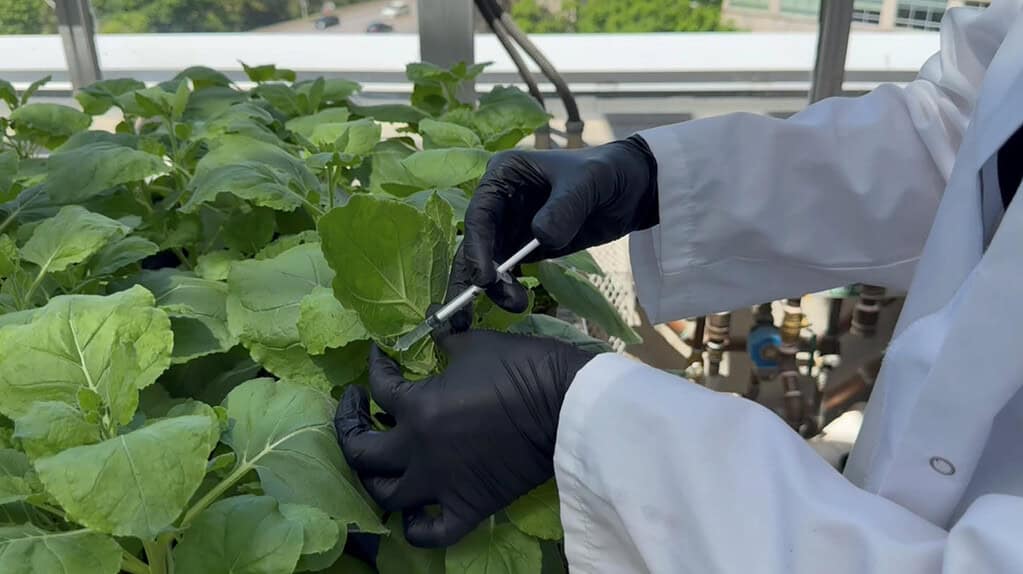
Victor Boddy wasn’t expecting to reinvent pharmaceutical manufacturing before graduation. But as drug shortages made headlines and increasingly more patients scrambled to find their medications, he and a group of University of Ottawa classmates decided to try something audacious: grow medicine — literally — in a plant.
Their project, called Phytogene, harnesses the power of “biopharming” — a method that transforms plants into living drug factories. In one of their experiments, they successfully produced the compounds used in the wonder weight loss drug Ozempic inside the tobacco plant.
Now, with the world watching, these young scientists are refining their system. They believe it could one day offer a low-cost, sustainable alternative to traditional drug production — maybe even allowing people to grow essential medications in their own backyards.
A “Plant-Based Printer” for Medicine
The idea was born out of frustration. Last year, shortages of Ozempic left diabetes patients without medication, while soaring prices put the drug out of reach for many. Boddy, a fourth-year biotechnology student and one of the project’s leaders, saw an opportunity.
“Inspired by the recent Ozempic shortage, we built a proof-of-concept model system that expresses functional GLP-1 agonists in plants,” he said. “We aim to create a future where people can reliably grow their own treatments at home, free from concerns about insurance, cost, or availability.”
The team used Nicotiana benthamiana, a fast-growing leafy cousin of tobacco often used in genetic research. By inserting custom DNA sequences, they turned the plant into a biological copy machine, churning out peptides that mimic Ozempic’s key ingredient. This includes GLP-1 receptor agonists (semaglutide), the same class of drugs used in Ozempic. Originally developed to treat type II diabetes, GLP-1 drugs mimic the body’s natural signals of fullness. They’ve since become wildly popular for their weight-loss effects.
“With our ‘plug-and-play’ design, we can incorporate any peptide sequence into the plant genome,” the team explained on their website. “The plant’s molecular machinery then transcribes and translates our peptide in impressive quantities.”
From The Lab to Global Impact

The project recently won a gold medal at the prestigious iGEM competition, a synthetic biology event in Paris, where it stood out among 430 international teams. But the students see this as just the beginning.
Teagan Thomas, the project’s co-leader, emphasized the broader implications. “Phytogene offers a unique, sustainable approach to biotechnology by providing an environmentally friendly solution to the critical crisis of medication access,” she said.
Beyond Ozempic, the method could be adapted for other drugs, from insulin to cancer treatments. The team has already released an open-source toolkit, allowing other researchers to build on their work.
Still, challenges remain. The plant-derived drug hasn’t been tested in humans yet. The team is now analyzing its effects on blood sugar and insulin levels in lab models. “We are currently analyzing blood glucose and insulin levels to assess response,” Thomas said. “We also plan to conduct bioactivity assays to test the drug’s effectiveness on human cells.”
If successful, Phytogene could reshape how medicines are made — turning gardens into pharmacies.








